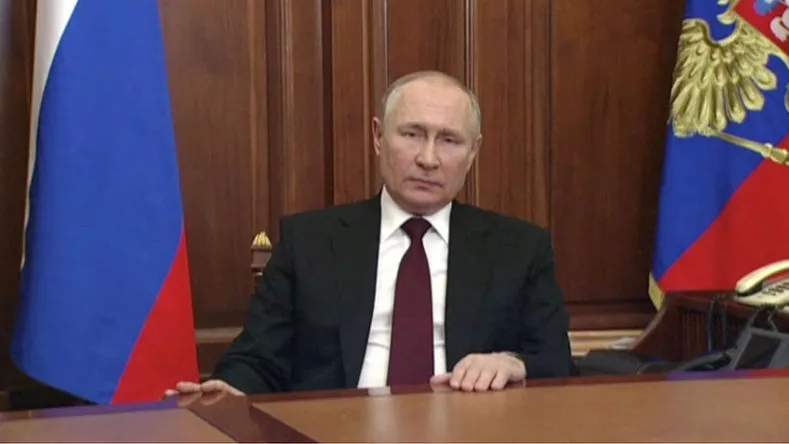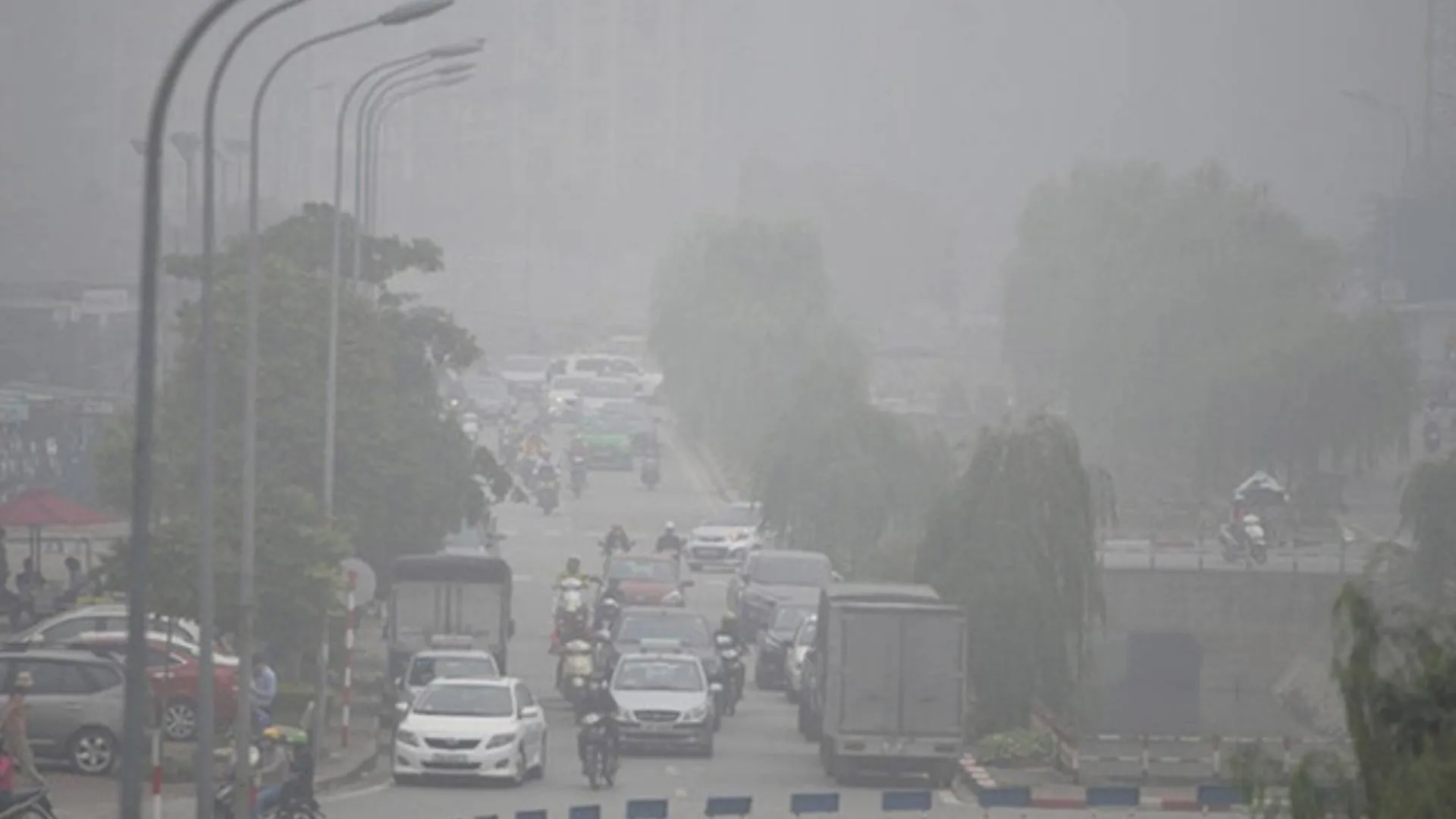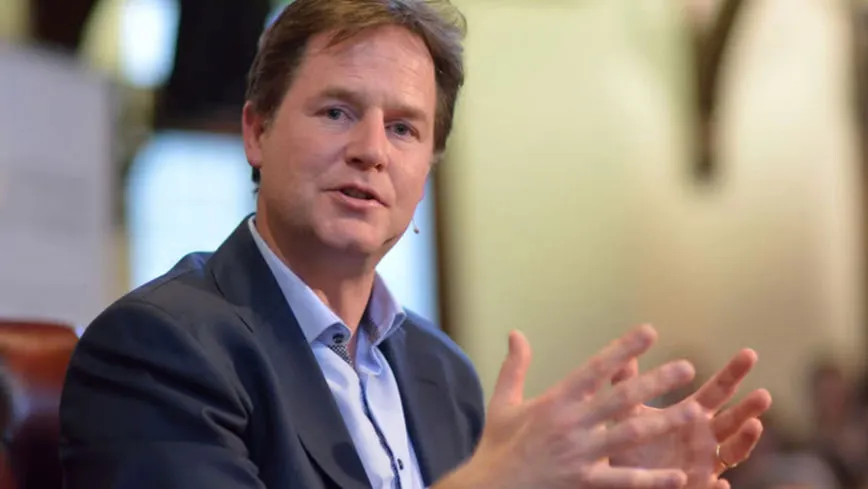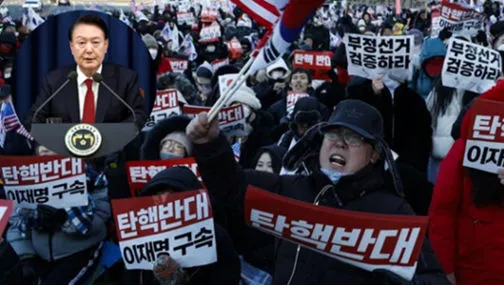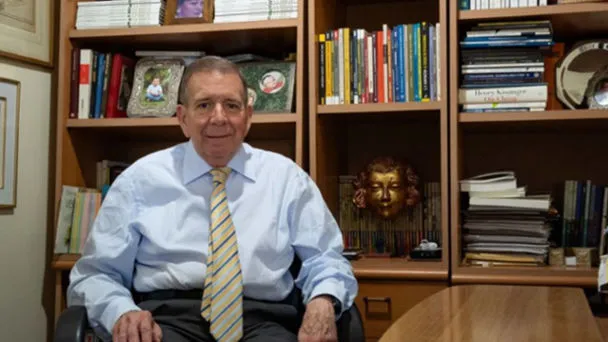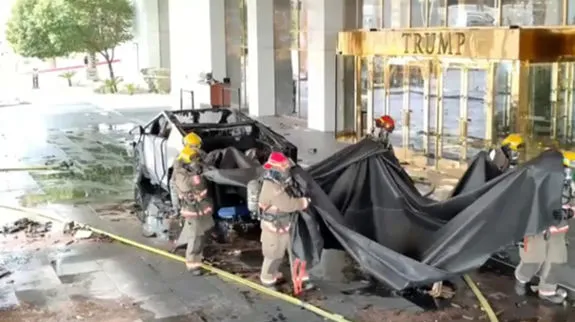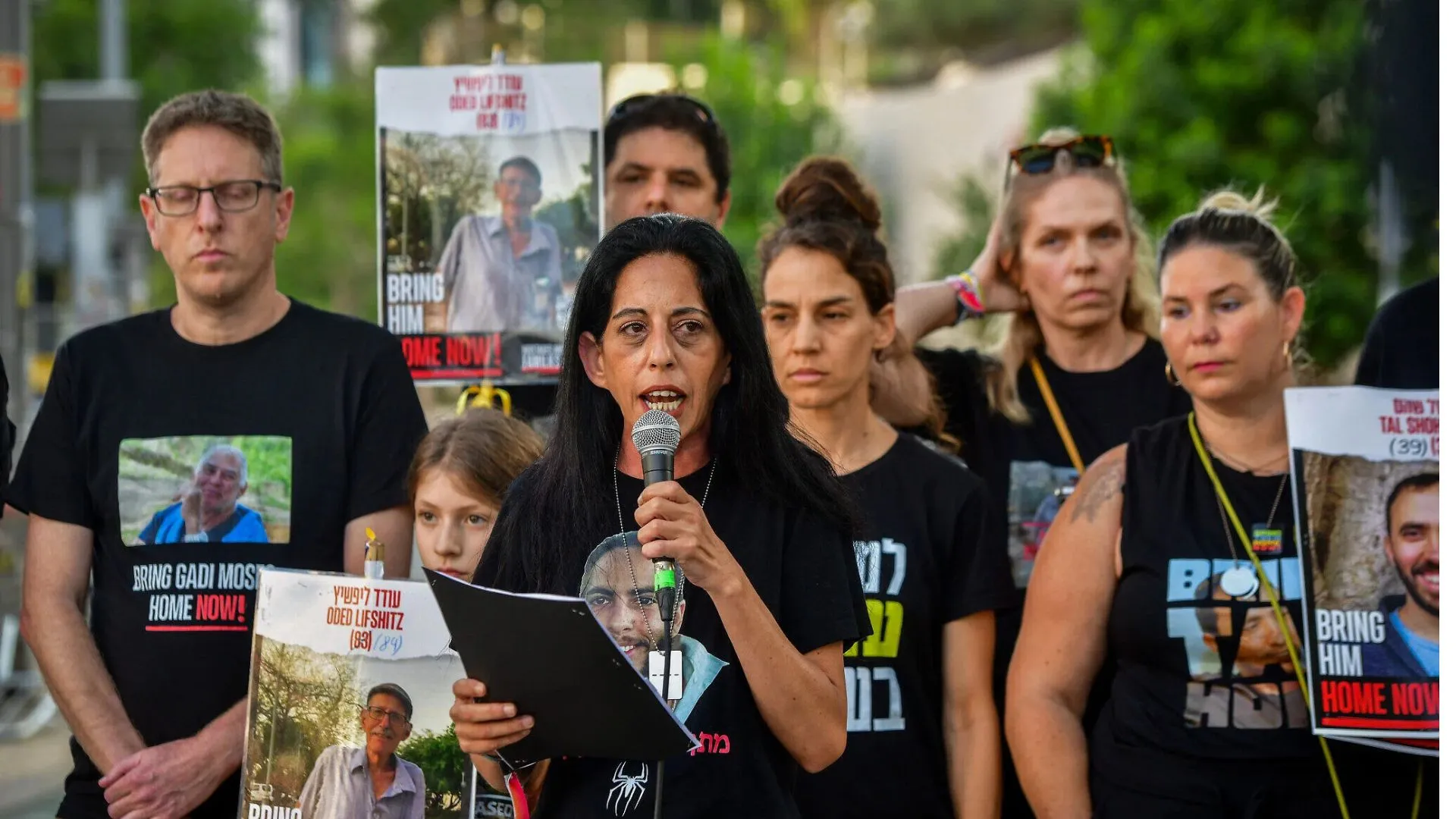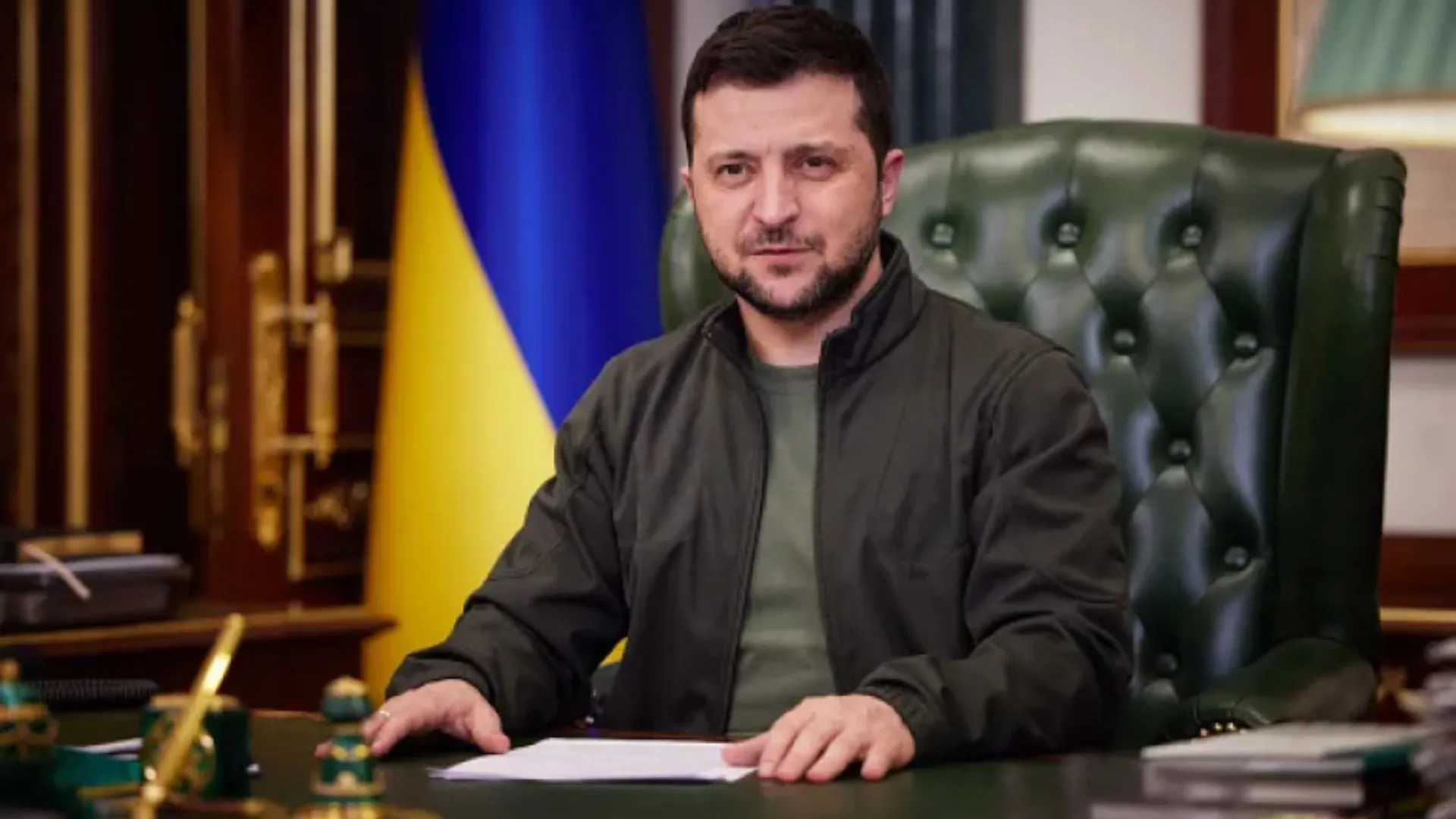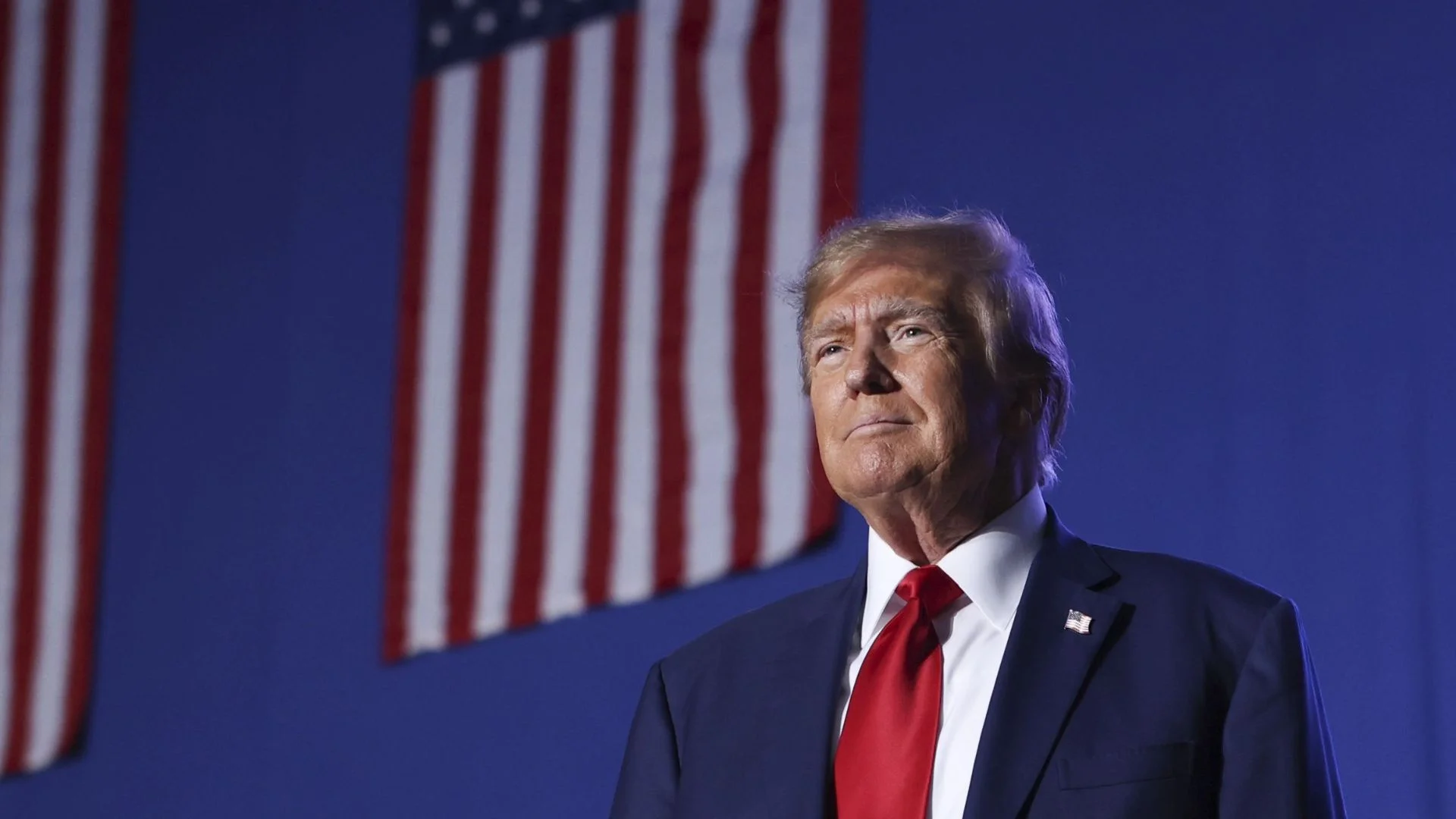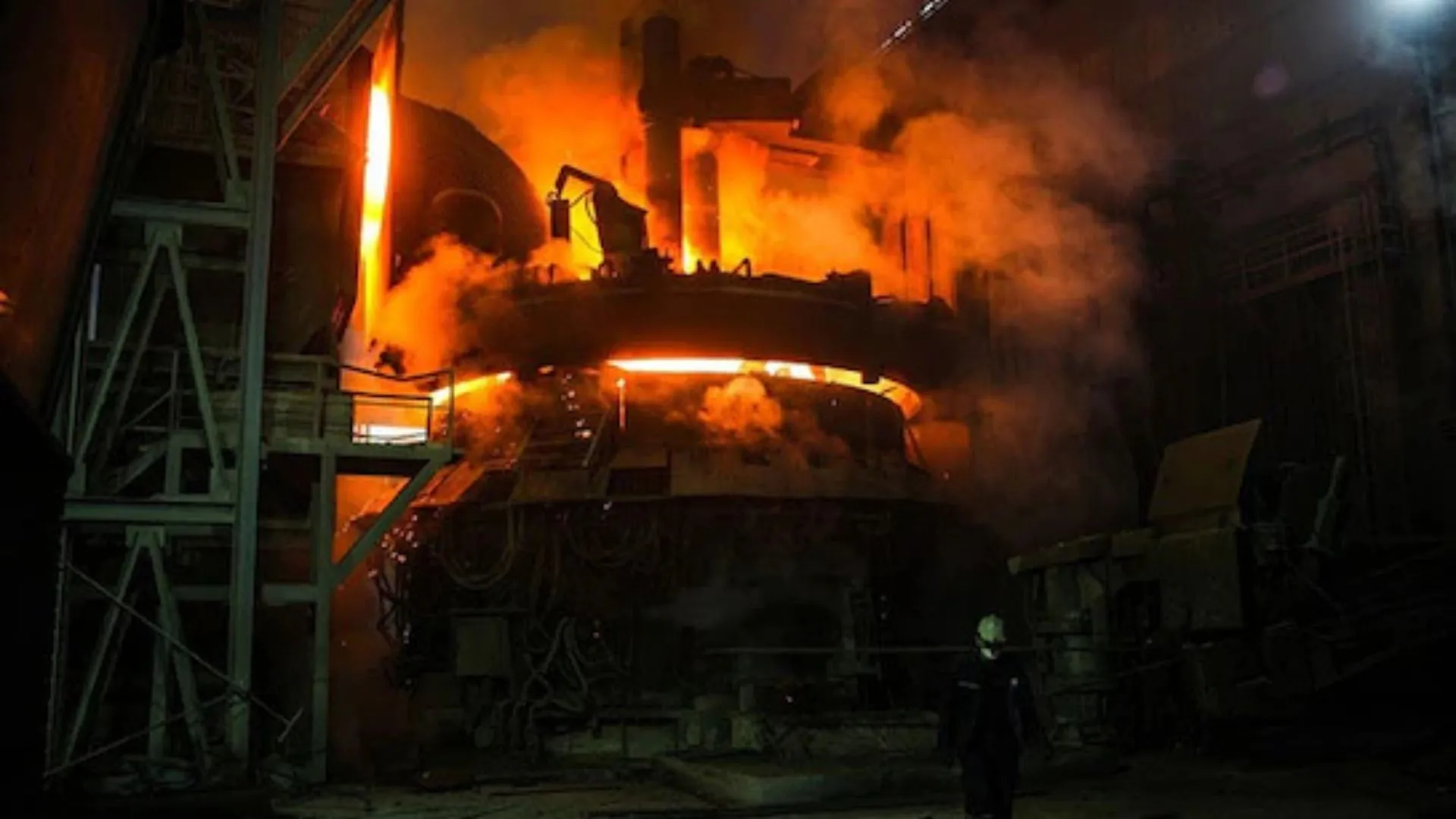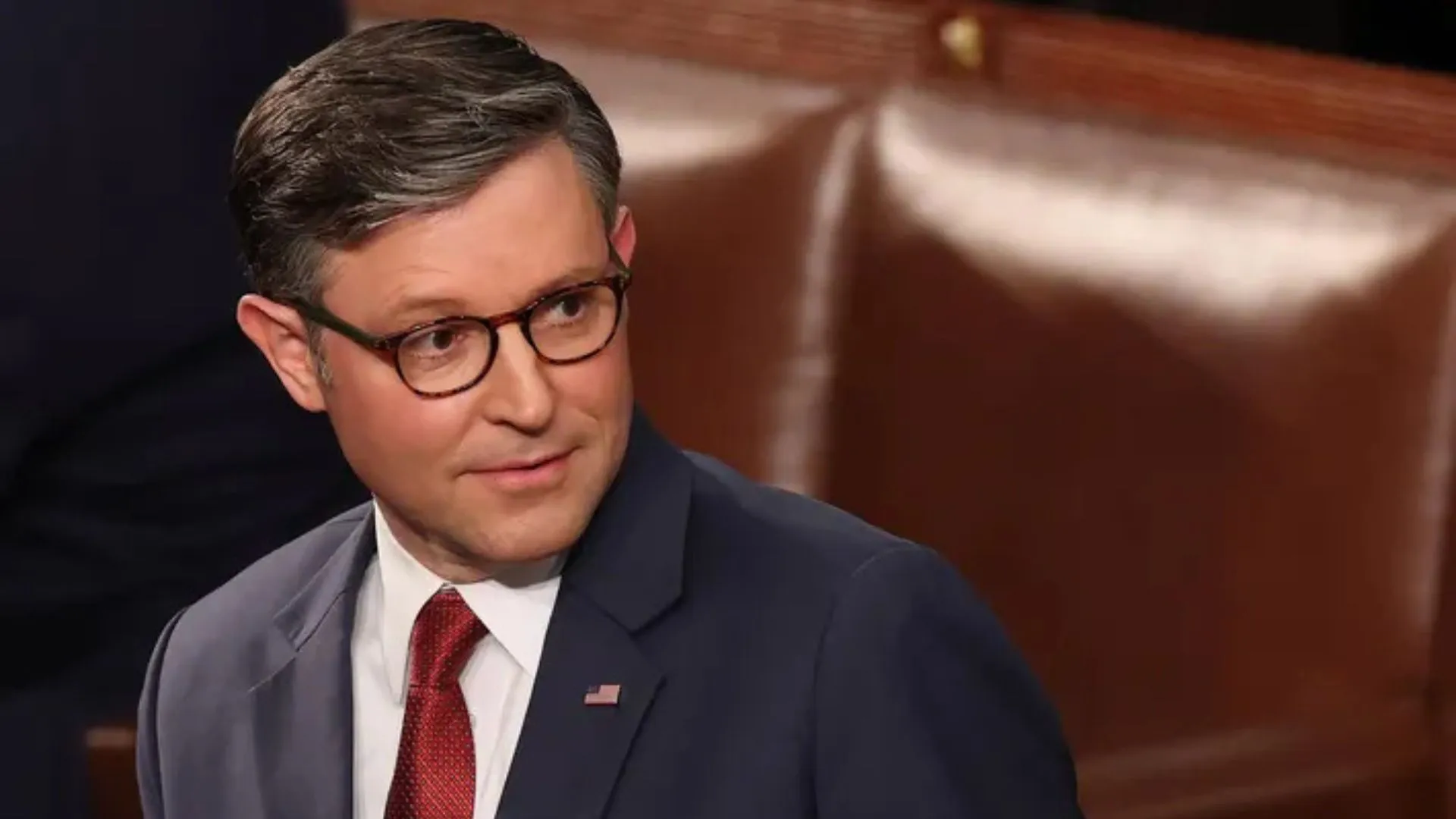Vladimir Putin became Russia’s Acting President on December 31, 1999. This happened after Boris Yeltsin resigned on New Year’s Eve, ending his eight-year tenure. At that time, Putin was serving as Prime Minister. Thus, Yeltsin’s resignation marked the beginning of Putin’s rapid rise in Russian politics, having entered the political scene just six years earlier.
Yeltsin’s Resignation
Yeltsin announced his decision to resign in a televised broadcast. He explained that Russia needed new leadership for the upcoming millennium. “I am leaving now… A new generation is taking my place,” Yeltsin said. This moment was symbolic, as Yeltsin believed that the country needed fresh faces with strength and vision to lead.
Putin’s KGB Background
Putin’s rise to power was far from typical. Unlike China’s Xi Jinping, who came from a political family, Putin’s background was in intelligence. He joined the KGB at the age of 22 and served until 1990. His time in the KGB gave him a unique skill set that would later prove essential for his political career.
Rapid Political Rise
In the mid-1990s, Putin worked closely with Anatoly Sobchak, the Mayor of St. Petersburg, who was also his former teacher. His political ascent was fast and impressive. By 1999, Putin had reached the position of Prime Minister. Shortly afterward, Yeltsin’s resignation unexpectedly made him Acting President.
Chechnya Campaign and Popularity
Upon assuming power, Putin quickly gained public approval by launching a military campaign against separatists in Chechnya. His harsh stance against terrorism won him widespread support. In his first address as Acting President, Putin declared, “Any attempt to exceed the limits of law and the Russian constitution will be decisively crushed,” setting the tone for his rule.
Consolidating Power
As president, Putin took swift action to consolidate power. He systematically eliminated political opposition, curbed media freedoms, and centralized authority. By renationalizing key sectors of the economy, Putin ensured the state controlled much of the nation’s resources. Many of his critics were either jailed or exiled, while he bolstered the power of loyal supporters.
Return to Presidency
In 2008, when his second term ended, Putin stepped down and became Prime Minister, while Dmitry Medvedev became president. However, Putin returned to the presidency in 2012 after a controversial constitutional amendment that extended presidential terms. Later, in 2020, further constitutional changes enabled him to remain in power until 2036.
Suppression of Dissent
Over the years, Putin has used increasingly severe methods to suppress dissent. Political opponents, such as Boris Nemtsov, were murdered, while others like Alexei Navalny faced imprisonment and even assassination attempts. By 2020, Putin’s control over the nation was absolute, with opposition largely crushed or forced into exile.
Putin’s Foreign Policy
On the global stage, Putin pursued an aggressive foreign policy to restore Russia’s influence. In 2014, he annexed Crimea, and in 2022, he ordered the invasion of Ukraine. His actions were part of a broader plan to reassert Russian dominance in Eastern Europe. The war in Ukraine has now become Europe’s largest conflict since World War II.
Stronger Than Past Leaders
As Putin enters his 26th year as Russia’s leader, his power has surpassed that of Russia’s tsars or Soviet dictators. He has transformed Russia into a more centralized state, consolidating his control and expanding his influence. With the potential return of Donald Trump to the U.S. presidency, Putin’s political position could grow even stronger.

